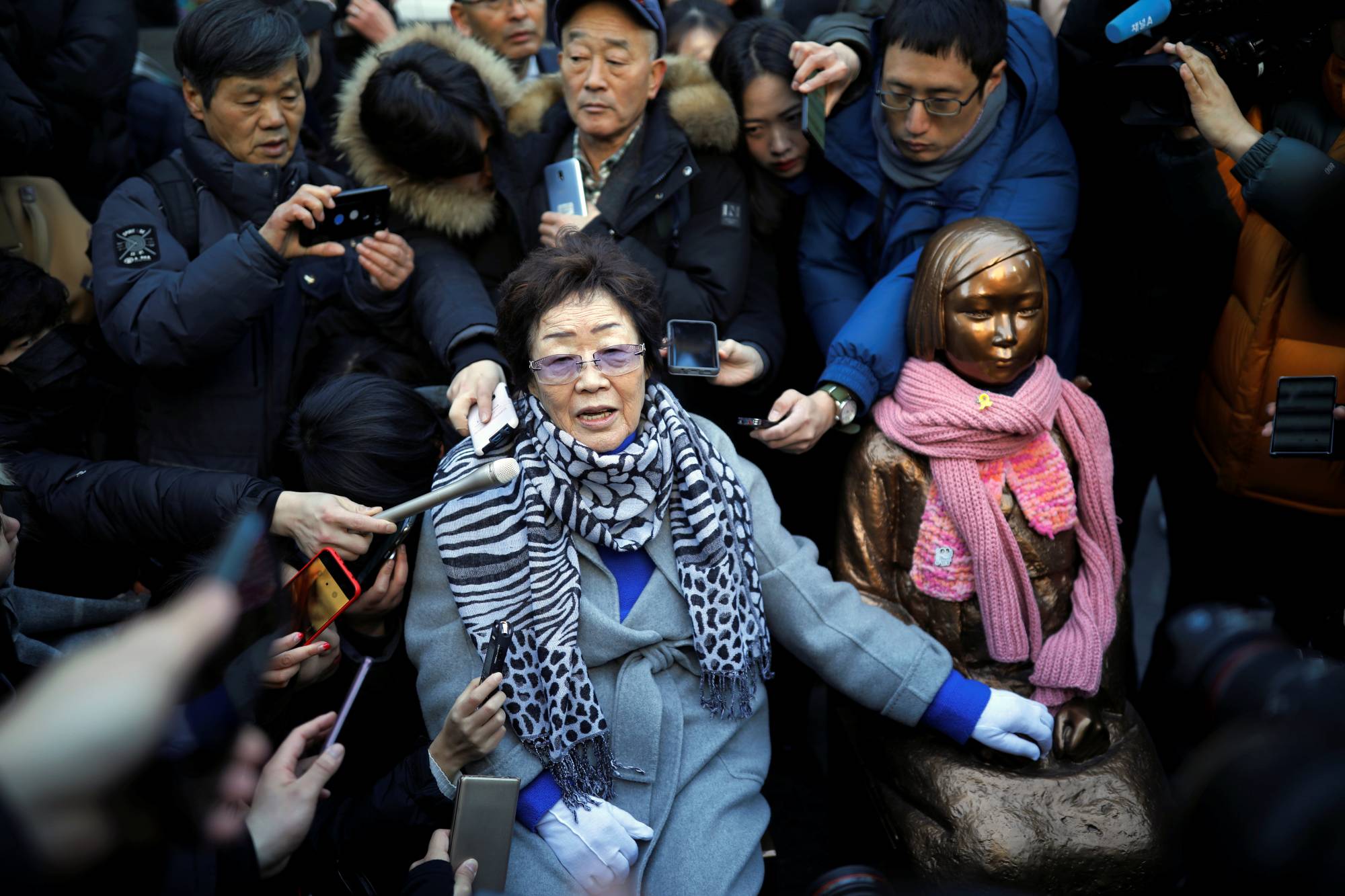In July 2012, I visited the Nikon Gallery space in Tokyo to view an exhibition of photographs by Ahn Sehong. The exhibition featured portraits of former Korean "comfort women" left behind in China by the defeated Japanese army in 1945, whose lives Ahn had begun documenting in the late 1990s. Under pressure from Japanese rightists, Nikon initially shut down the exhibition it had agreed to sponsor, but a successful court challenge by Ahn compelled Nikon to permit it to continue.
The photographs depicted elderly women living in impoverished conditions in often remote, rural locations. Many had no means of returning home after the war; others, knowing the ostracism they would suffer if they did return home, chose to remain. They had assimilated to their new locales, even forgetting their native language. However, in some photographs there were moving expressions of longing for a still cherished homeland: a woman posing in a well-kept hanbok, another displaying her wartime identification documents, a third reaching out to touch a map of Korea on a wall.
I left the exhibition with a deep feeling of melancholy, for women trafficked deep into a foreign nation, abandoned to their fate and then forgotten. For most of the women depicted in the photographs there was no prospect of restorative justice or repatriation, as they had since died. The only duty left to fulfill to them was to recognize their humanity, to remember and for Japanese people to atone. I suppose this was what Ahn hoped Japanese viewers would understand.
















With your current subscription plan you can comment on stories. However, before writing your first comment, please create a display name in the Profile section of your subscriber account page.